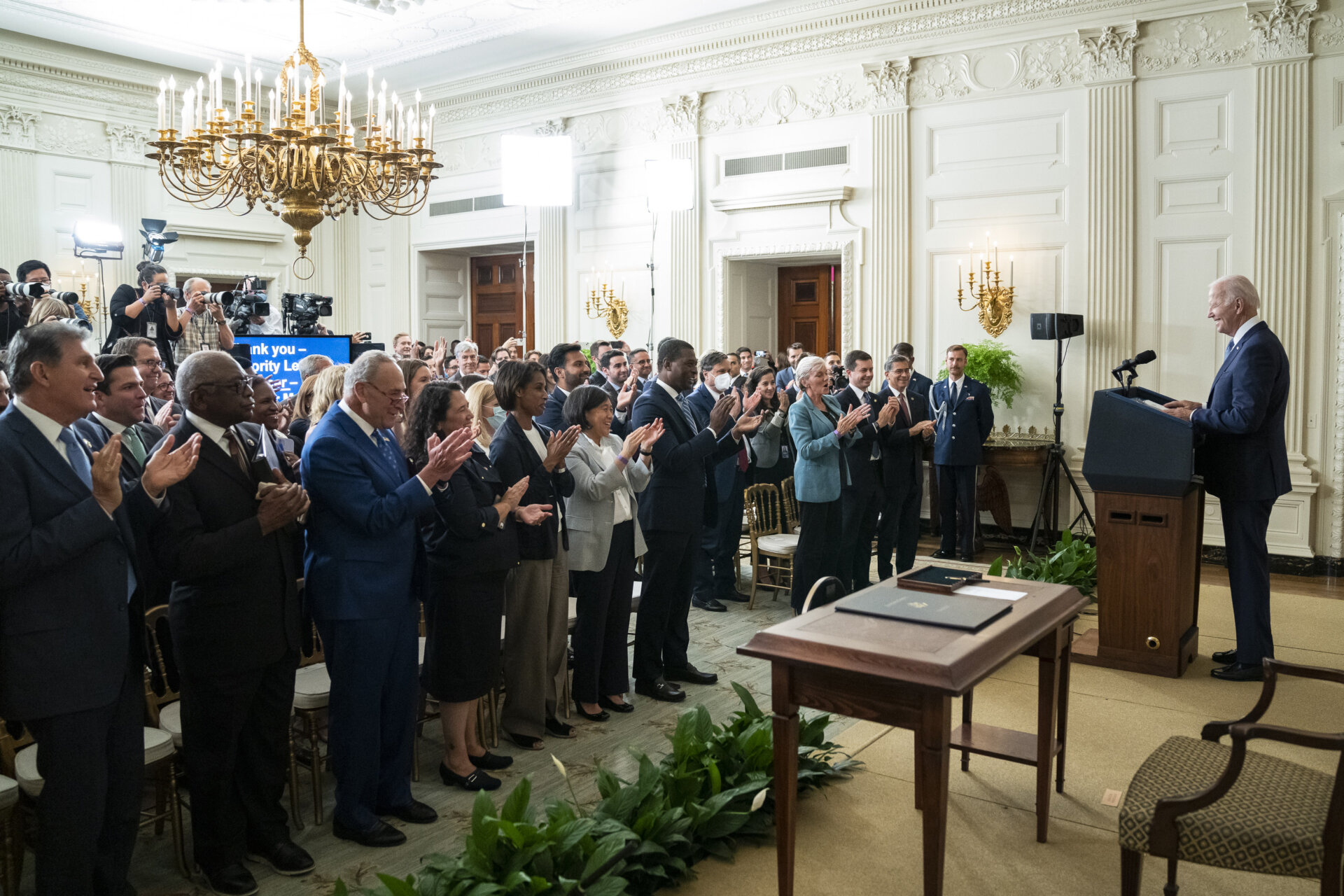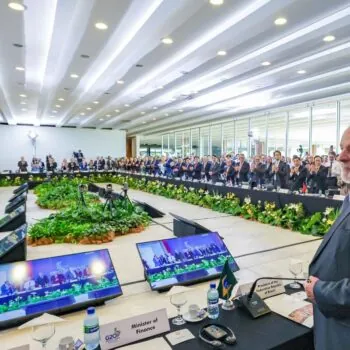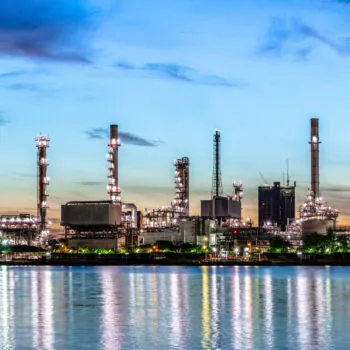The public investment in clean energy and domestic green manufacturing at the heart of the recently passed Inflation Reduction Act (IRA) is widely seen as cementing a new paradigm of US green industrial strategy. It aims to promote industrial decarbonization, expand clean energy generation, and build a domestic green industrial base and related supply chains.
The IRA and this green industrial strategy must be read in the context of a wider bipartisan federal legislation and Executive policymaking developing a US industrial strategy This aims to expand productive capacity and to build supply chains anew.
Delivering this industrial strategy— green and broader industrialization and supply chain governance—requires further development their planning policies and capacities. This includes developing global economic coordination mechanisms. Given the momentum towards this, we recommend three priority areas.
1. Intragovernmental and Macroeconomic Coordination
Dispersing the IRA’s investments and delivering the material transformations to which they are aimed will require new modes of coordination: across agencies, levels and houses of government. It is increasingly seen as necessary to develop state-led coordination with and of private investment, for investment and as macrofinancial management against issues like inflation. Formalizing this through institutions would increase efficacy. Recent semiconductor legislation would have created a Department of Commerce supply chain oversight body with the power to directly finance or coordinate critical investments to prevent bottlenecks.
2. Financial System Transformation
The governance and composition of the US financial system is a remnant of a waning paradigm hostile to green industrial planning. It impedes creating and (re) allocating the capital needed for rapid decarbonization and green industrialization. Macrofinancial management structures are incapable of managing the inflation and other issues that a green investment boom and mass capital reallocation may spark.
Here two principal transformations are salient.
First, developing public financing and investment institutions. Although the IRA establishes a federal green bank, this will invest in community clean energy infrastructure. This is distinct from a muscular industrial financing institution capable of driving capital formation needed. It is critical that the state can purchase equity and manage assets alongside debt financing, ideally through an institution that can strategically manage a portfolio of assets. Using this full range of public bank powers would de-risk to steer private capital expenditure and mobilize private markets to finance public and private investment.
Second, developing a new arsenal of central bank credit and monetary policies. Effective industrial policy has always had public governance of private credit creation as a bedrock. This is imperative for the financing of productive, strategic investment and for preventing the misallocation of private credit which can in turn lead to inflation or financial instability. Monetary policies that accommodate sectoral reallocation and productive investment overall, including monetary-fiscal coordination, are critical.
3. Supply Chain Governance
While a logic of economic competition between states poses risks, the US’s turn towards green industrial and supply chain planning could foster opportunities for global economic cooperation. The public management of supply, prices, and investment cycle of green inputs could lead to transparency coordination efforts, novel public co-investments, and new institutions including producer and consumer forums. Such management would serve as a global public good including decarbonization and resilience. For example, global commodity price stability is key to prospective macroeconomic management of many global south governments—and has historically been elusive.
Increasingly, international climate discourse points to the necessity of state planning to decarbonize at pace and scale. The US’s turn to green industrial planning in particular calls attention to the need to manage the supply-side of the transition—green production and supply chains. Further US leadership will likely influence other G7 states and vice versa. For example, the European Commission modeled the recent “Single Market Instrument” (a suite of supply chain planning powers) on the US’s Defense Production Act. Yet, global decarbonization requires developing such capacities in global cooperation.



